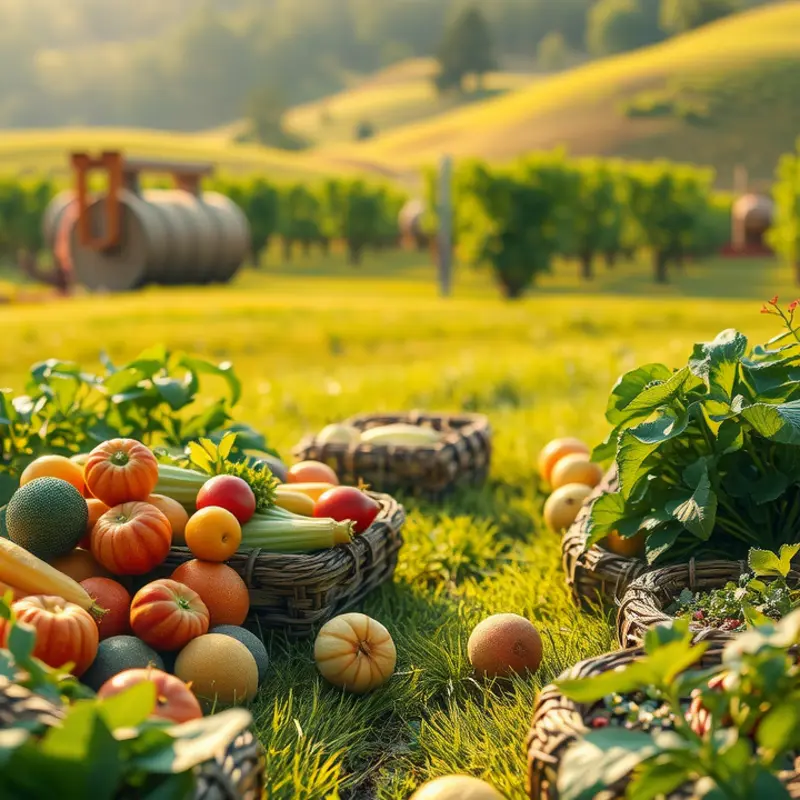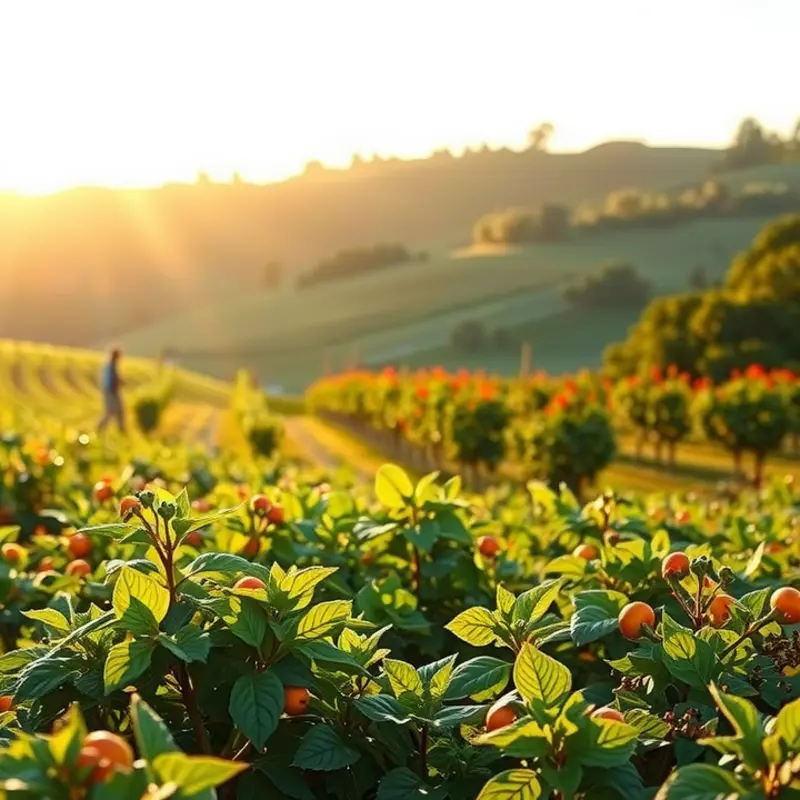From the fragrant spices of Indian curries to the fresh vegetables in Mediterranean salads, vegetarian food traditions reflect rich cultural heritages. These dishes not only nourish the body but also tell stories of communities striving for sustainability and health. Join us on this culinary journey as we explore the unique vegetarian traditions from diverse cultures, celebrating their beauty, flavors, and history.
The Aromatic Spices of India: A Vegetarian Haven

India’s vegetarian cuisine is a symphony of flavors, crafted with a palette of spices that transform humble ingredients into sensational dishes. The vegetarian tradition roots itself deeply in cultural threads that stretch back thousands of years, particularly influenced by Hindu and Jain beliefs which espouse non-violence toward all living beings.
Legumes play a prominent role in Indian vegetarian meals, providing necessary protein and sustenance. The humble lentil, or dal, becomes a hearty dish when simmered with turmeric, cumin, and coriander. Each region across India has developed unique methods of seasoning dishes to bring out their intricate flavors.
In the northern states, the rich gravies infused with cream and ghee exude warmth with the addition of aromatic garam masala—a blend of spices including cinnamon, cloves, and cardamom. Punjab’s sumptuous dishes such as chole bathure and palak paneer exemplify this richness and are known for their lavish use of butter and cream.
Travelling south, the food becomes spicier and lighter, showcasing coconut, curry leaves, and mustard seeds. In Tamil Nadu and Kerala, dishes like sambar and rasam are everyday staples, known for their spicy tang and health benefits. The art of preparing a perfect dosa, a crisp fermented crepe made from rice and black gram, is a culinary skill cherished across generations.
West India brings its own signature to the vegetarian table with Gujarati cuisine. Known for its slight sweetness, the dishes here are a celebration of balance—kadhi, a yogurt-based soup, and thepla, a spiced flatbread, bring comfort through layers of flavor and texture. Each meal is a mindful reflection on sustainability and minimal waste, which resonates with eco-conscious practices around the globe. For tips on minimizing kitchen waste, you may explore low-waste cooking and prep techniques.
The eastern states offer a contrast with simplicity at the forefront. Bengal’s shukto, a mixed vegetable stew, emphasizes the use of bitter gourd and spices like panch phoron, a five-spice blend, delivering complex flavors without overpowering the natural taste of vegetables.
Beyond flavor, the health benefits of Indian spices are widely recognized. Turmeric, known for its anti-inflammatory properties, finds its way into nearly every dish. Cumin aids digestion, while ginger and garlic are celebrated for their immune-boosting properties. This traditional knowledge aligns well with the modern focus on functional foods to support overall well-being.
India’s vegetarian cuisines reflect the country’s history, cultural diversity, and adherence to health-conscious practices. These dishes are not only a treat to the taste buds but also nurture the body, showcasing the profound significance of vegetarianism in Indian society.
Mediterranean Mosaics: Where Freshness Meets Flavor

The Mediterranean region offers a rich tapestry of vegetarian culinary delights that capture the essence of its sun-drenched landscapes and coastal breezes. Among the quintessential elements of this cuisine are tomatoes, olives, and fresh herbs, each contributing vibrant flavors and colors to the dishes.
A Greek salad, for instance, is a celebration of simplicity and freshness. Crisp cucumbers, ripe tomatoes, and briny olives create a flavor profile that’s both refreshing and bold, complemented by a drizzle of golden olive oil and a sprinkle of feta cheese. This dish embodies the communal spirit of Greek dining, often shared at large family gatherings where food is an expression of community and love.
Crossing the Ionian Sea, we find Italian ratatouille, a harmonious blend of roasted vegetables that showcases the abundance of the Italian countryside. Eggplants, zucchini, and bell peppers are lovingly cooked down to a soft, flavorful medley, seasoned with garlic and fresh basil. This dish not only highlights Italy’s agricultural riches but also reflects its culinary philosophy—simple ingredients, meticulously prepared.
Further east, the Middle Eastern meze platter introduces a delightful array of small dishes meant for sharing. Hummus, baba ganoush, and tabbouleh sit alongside marinated olives and vibrant pickles. Each component of the meze tells a story of cultural exchange and the vibrant history of Mediterranean trade routes. The tradition of sharing a meze platter emphasizes the importance of hospitality in Middle Eastern culture, turning any meal into an opportunity for connection.
The ingredients central to Mediterranean vegetarian cuisine are not just culinary staples but symbols of a lifestyle that prizes sustainability and health. The Mediterranean diet is well-regarded for its emphasis on plant-based ingredients, healthy fats, and fresh produce. This eco-friendly approach aligns effortlessly with contemporary sustainable eating practices, inspiring modern-day eco-conscious kitchens. For guidance on how to incorporate similar sustainable practices in your pantry, you may find this resource on maintaining an eco-smart kitchen particularly helpful.
Incorporating vegetarian elements of the Mediterranean diet encourages not only a healthier way of eating but also a more conscientious way of living. It embraces a philosophy that eating is an experience best shared with others, where each meal becomes an expression of cultural identity and environmental stewardship.
Final words
Exploring global vegetarian food traditions opens a gateway to understanding diverse cultures through their culinary practices. Each dish tells a story of heritage, resourcefulness, and a connection to nature. From India’s intricate spice blends to the Mediterranean’s freshness, these cuisines highlight the importance of sustainable eating habits and a shared appreciation for plant-based ingredients. Culinary enthusiasts and culturally curious readers can find joy in discovering these rich traditions, encouraging not only personal health choices but also global sustainability. As these vegetarian dishes continue to evolve and inspire, they invite everyone to savor the flavors of the world while respecting traditions.








